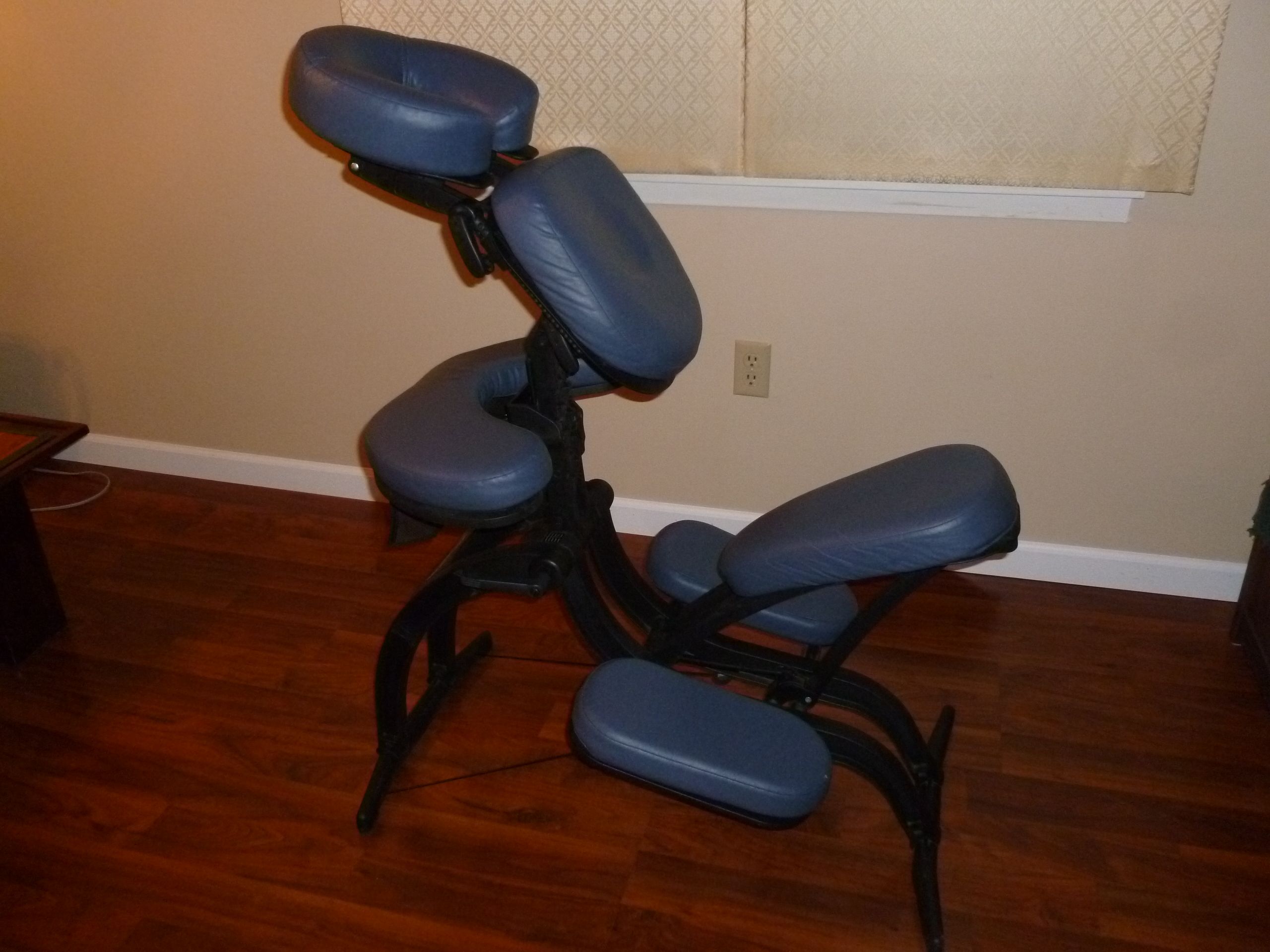Understanding Thai Chair Massage Techniques: Thai Chair Massage Video

Thai chair massage, a dynamic and increasingly popular modality, blends elements of traditional Thai massage with the convenience of a chair. This allows for a shorter, more accessible session, ideal for busy individuals seeking relief from muscle tension and stress. This section will delve into the core techniques, setup, and distinctions from other massage types.
Thai Chair Massage Techniques: A Detailed Overview
The effectiveness of Thai chair massage hinges on the skillful application of various techniques targeting specific muscle groups. These techniques combine acupressure, stretching, and gentle mobilization to promote relaxation and improve circulation. The following table summarizes key techniques:
| Technique Name | Muscle Group Targeted | Pressure Level | Benefits |
|---|---|---|---|
| Thumb Compression | Trapezius, Neck Muscles | Medium to Firm | Relieves neck pain, tension headaches, improves posture |
| Palm Pressure | Back Muscles (erector spinae, latissimus dorsi) | Medium to Firm | Reduces back pain, improves spinal alignment, releases muscle knots |
| Elbow Pressure | Shoulder Muscles (deltoids, rotator cuff) | Firm | Increases range of motion, reduces shoulder stiffness, relieves pain |
| Knee Pressure | Hip and Thigh Muscles (gluteus maximus, quadriceps, hamstrings) | Medium to Firm | Relieves lower back pain, improves hip mobility, reduces leg tension |
| Stretches (arm, leg, torso) | Multiple Muscle Groups | Light to Medium | Increases flexibility, improves range of motion, promotes relaxation |
Thai Chair Massage Setup and Preparation, Thai chair massage video
Proper setup and client positioning are paramount to ensuring a safe and effective Thai chair massage session. Careful attention to detail will enhance both the therapist’s and the client’s comfort and experience.
Thai chair massage video – The following steps Artikel the necessary preparations:
- Client Positioning: The client sits upright in the massage chair with good posture. Ensure their feet are flat on the floor or on the footrests provided. Their spine should be aligned and supported.
- Therapist Positioning: The therapist should maintain good posture to prevent strain. They should be positioned to easily reach all areas of the client’s back, neck, shoulders, and arms. Adjust the chair height if needed for optimal reach and leverage.
- Drape: A towel or sheet can be used to drape the client’s body for modesty and warmth. This should cover areas not being directly massaged.
- Communication: Before beginning, establish communication with the client regarding pressure preferences and any areas of concern or discomfort. Regular check-ins throughout the session are vital.
- Environmental Factors: Ensure a calm and relaxing atmosphere. Appropriate lighting, temperature, and background music contribute to a positive experience.
Thai Chair Massage vs. Other Massage Modalities
Thai chair massage differs significantly from other massage styles like Swedish or deep tissue massage. While Swedish massage focuses primarily on long, flowing strokes to relax muscles and improve circulation, and deep tissue massage targets deeper muscle layers to release chronic tension, Thai chair massage incorporates elements of both. It uses a combination of acupressure, stretching, and rhythmic compression, often employing the therapist’s body weight to apply pressure. The benefits are also distinct; Thai chair massage provides a quicker, more targeted approach, focusing on relieving tension in specific areas like the neck, back, and shoulders, whereas Swedish massage offers a more holistic relaxation experience, and deep tissue massage aims for long-term pain relief from deeper muscle issues. The choice depends entirely on the client’s needs and preferences.
